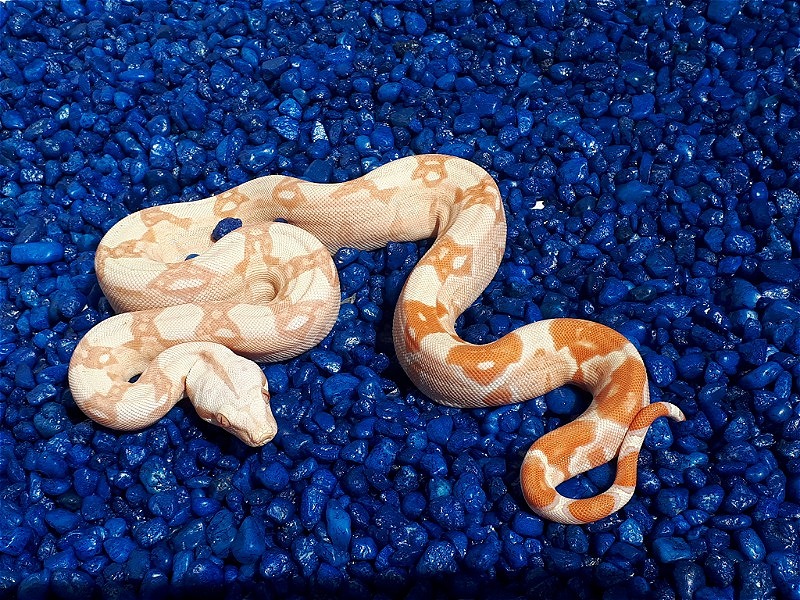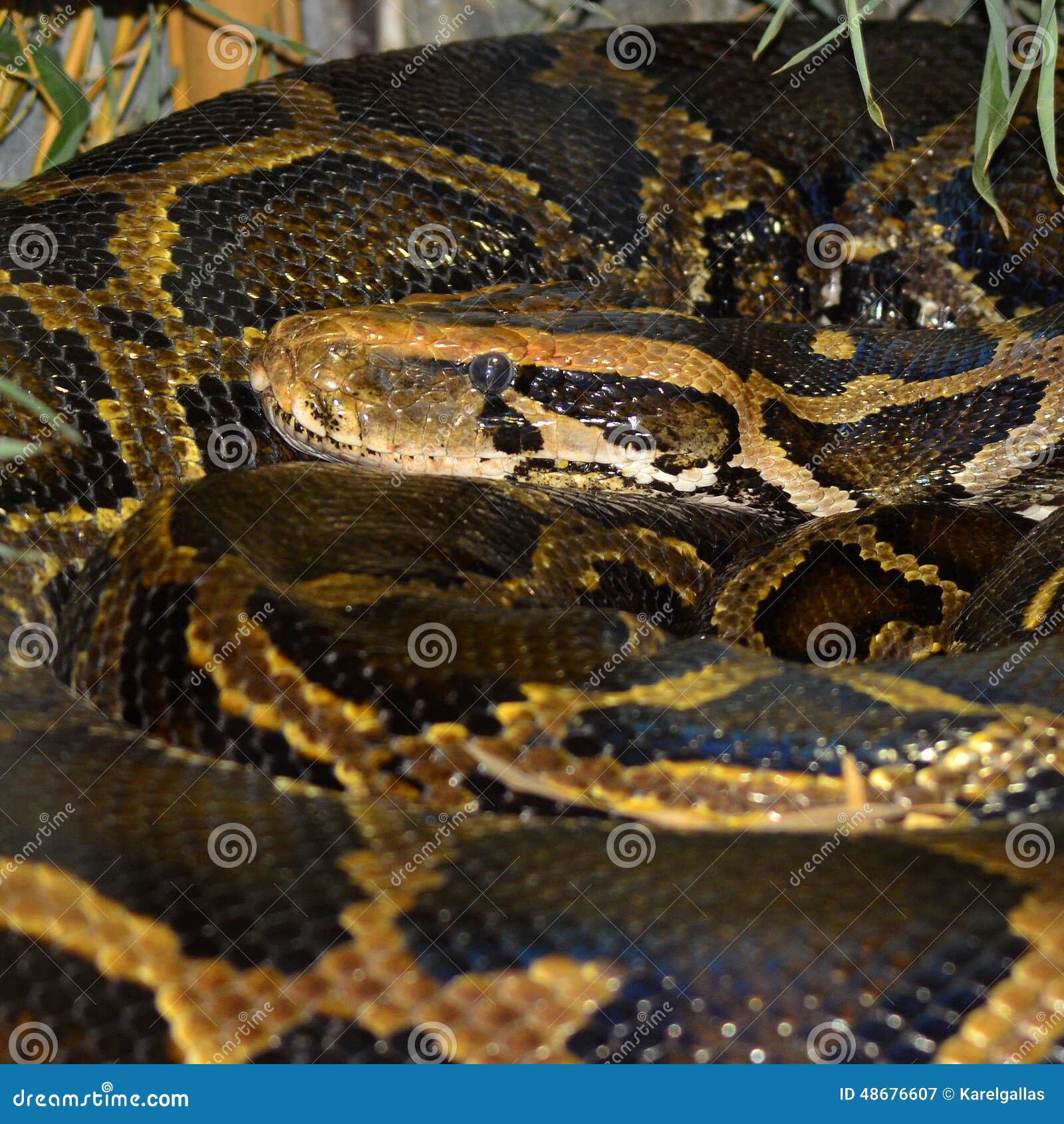
They are the most northern ranging boa in the Boidae family, occurring as far north as British Columbia.

Few records have been submitted for the coastal forests, higher elevations of the Cascade Mountains or the central Columbia Basin. Northern rubber boas are found in all Washington ecoregions. Northern rubber boas are constrictors, which are snakes that wrap around their prey to crush and kill them.įemales bear two to eight live young between August and November. The species eats small mammals, birds, salamanders, lizards, snakes, and possibly frogs. They appear to return to the same site year after year as evidenced by their presence or their shed skins. They generally occupy locations under woody debris and rocks. Rubber boas are active at night and spend much of their time below ground. Down woody debris, fractured rock, and loosely compacted rock are generally considered important for this species.Ī rubber boa eating a small mammal in the Methow Valley in eastern Washington. The wet, dense forests of the Pacific Coast Ecoregion and the dry, shrubsteppe, habitats of the central Columbia Basin are not considered typical rubber boa habitat, but the species has been found in both. They are common in some areas and apparently absent from others. Their distribution is patchy in Washington. Northern rubber boas are found in a variety of habitats including prairies, shrubsteppe, grasslands and forests of various types. Racers are fast, aggressive snakes that will strike and bite if cornered or handled, whereas rubber boas are slow, non-aggressive snakes.įor more details, see the Washington Herp Atlas. The northern rubber boa may be confused with the western yellow-bellied racer ( Coluber constrictor mormon). Racers differ in having large eyes, large dorsal scales, and a tail that tapers to the tip. Females are larger than males, and juveniles resemble adults but are pinkish in coloration.

The underside is yellow or cream and may have dark mottling. The top of the snake is uniformly tan, brown, olive, gray, charcoal or rosy pink.
#Boa constrictor snake types skin
The species’ loose and wrinkled skin gives it a rubbery appearance and feel. It has a blunt tail that is similar in appearance to the head-which may serve to confuse predators, therefore, protecting the head. It is a thick-bodied snake with small eyes and tiny scales. In the Northwest, this snake rarely exceeds about two feet in length.


“Graham Reynolds and his co-authors have not only discovered and described a new species of snake, but even more remarkable, a new species of boa. New species of snakes, however, are much rarer. Photograph: Graham Reynolds/University of North Carolina AshevilleĬommenting on the find, boa constrictor expert Robert Henderson, from the Milwaukee Museum of Natural History, said: “Worldwide, new species of frogs and lizards are being discovered and described with some regularity. The snake is said to be critically endangered.


 0 kommentar(er)
0 kommentar(er)
